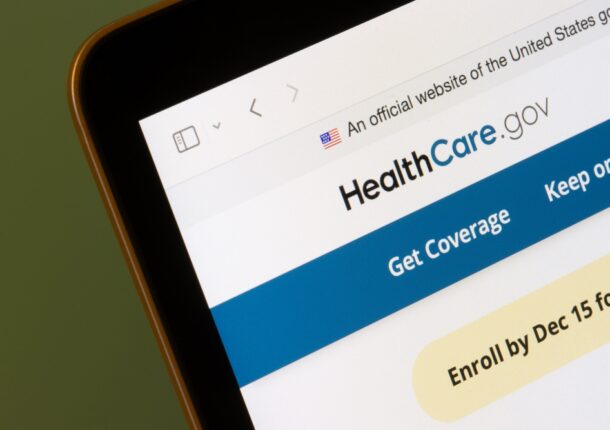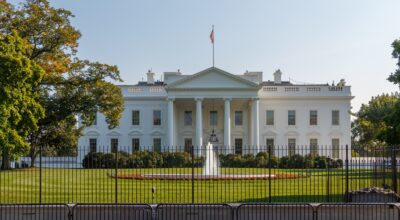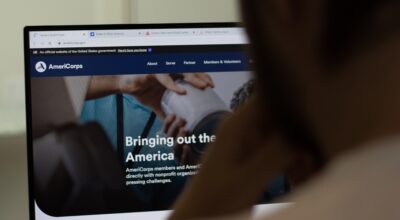The evidence of America’s fiscal brokenness is everywhere and the notion of “fiscal discipline” itself might as well be in a time capsule. Congress considers no budgets. Legislation never hits against cost limitations. And every partisan disagreement is “solved” simply by spending more on the pet programs of the opposing party.
So yes, the need for a budget—a fiscal plan—could not be more immediate. But there are some serious challenges facing any renewed effort to deal with the nation’s fiscal nightmare, and any budget intended for results must consider these.
Related Documents
Introduction to the Center for Renewing America FY2023 Budget (Excerpt)
FY2023 Budget: Center for Renewing America
CRA Budget in Focus: Department of Education
CRA Budget in Focus: Department of Health & Human Services
CRA Budget in Focus: Department of State and Foreign Aid
CRA Budget in Focus: Ending the Weaponization of the FBI
Primer: Obamacare Subsidies and Abortion Coverage
Lawmakers have many issues to contemplate when considering an extension of the enhanced subsidies, including the sizable cost and increased risks of fraud associated with an extension. But they should also recognize that a straight extension of the enhanced subsidy regime would continue to send federal funds to plans that cover abortion, while doing nothing regarding the emerging blue state strategy to circumvent pro-life protections.
Primer: A Pocket Rescission Strategy to Cut Spending
A rescission is a viable tool for carrying out the broader political mandate to curb unnecessary spending. If the executive branch decides to use this process, the deployment of a rescission with fewer than forty-five days remaining in the fiscal year is a statutorily and constitutionally valid strategy.





